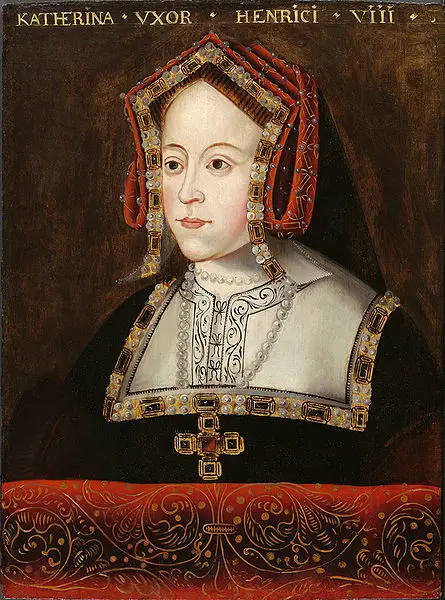On this day in Tudor history, 1st February 1554, Queen Mary I gave a rousing speech to the citizens of London. In this video, I explain why she did it and what she said
Click here to read more about Wyatt's Rebellion.
Also on this day in history:
- 1506 – Birth of George Buchanan, Scottish historian, poet, playwright, humanist scholar and administrator, at Moss Farm in Killearn, Stirling, Scotland. Buchanan's works included two tragedies: “Baptistes” and “Jephthes”, his satire “Chamaeleon”, poems and books of verses, the treatise De jure Regni apud Scotos and his Rerum Scoticarum Historia, a history of Scotland.
- 1514 – Henry VIII granted the Dukedom of Suffolk to Charles Brandon, his future brother-in-law, and also made Thomas Howard, 2nd Duke of Norfolk, and Howard's son, also Thomas, the Earl of Surrey.
- 1547 – The executors of Henry VIII's will appointed Edward Seymour, Earl of Hertford, to the offices of Lord Protector of the Realm and Governor of the King's Person. Click here to read more.
- 1552 – Birth of Roger Cooke, alchemist and former assistant of Dr John Dee. He also appears to have been employed by Henry Percy, 9th Earl of Northumberland and a man known as the “Wizard Earl” to set up and run a still house in the Tower of London.
- 1555 – Burial of Jane Dudley, Duchess of Northumberland and wife of John Dudley, Duke of Northumberland, at Chelsea.
- 1562 – Death of Sir Richard Edgcumbe, courtier and politician. He was buried at Maker Church in Cornwall. Edgcumb served as a member of Parliament for Cornwall, High Sheriff of Devon (1543 and 1552), High Sheriff of Cornwall (1556) and Commissioner of Muster in Cornwall in 1557. In 1559, he was appointed as a Commissioner for the Royal Visitation of the Diocese of Exeter.
- 1587 - Elizabeth I called her secretary, William Davison, to her and asked him to bring her Mary, Queen of Scots's death warrant. She then signed it.
Notes and Sources
- The historie of Wyates rebellion with the order and maner of resisting the same, wherunto in the ende is added an earnest conference with the degenerate and sedicious rebelles for the serche of the cause of their daily disorder. Made and compyled by John Proctor.
Proctor, John, 1521?-1584. Read on Early English Books Online at https://quod.lib.umich.edu/e/eebo/A10150.0001.001?rgn=main;view=fulltext - ed. Jeffery, EdwardThe Antiquarian repertory: a miscellaneous assemblage of topography, history..., p. 92-93 in The Historie of Wyate's Rebellion with the Order and Maner of Resisting the same, John Proctor. Google Books, p. 65 onwards.
- Foxe, John, Fox's Book of Martyrs; Or, The Acts and Monuments of the ..., Volume I, revised and improved by Rev. John Malham, re-edited by Rev. T. Pratt, 1830, p.162-3. Read at Google Books



Mary remained in London when the realm was in danger while Elizabeth ran away for the majority of the time the Armada threatened hiding in the countryside, playing with her monkey and not even bothering to ensure the fleet had enough ammunition. She only came out to make her well timed appearance in Tutbury where the army had gathered, to give her own speech which was rousing, but well after the danger had passed.
Elizabeth even pinched her sister’s ring speech and her coronation gown. The two speeches have the same essential ingredients and we see Mary as she really was, not the myth of much later propaganda.